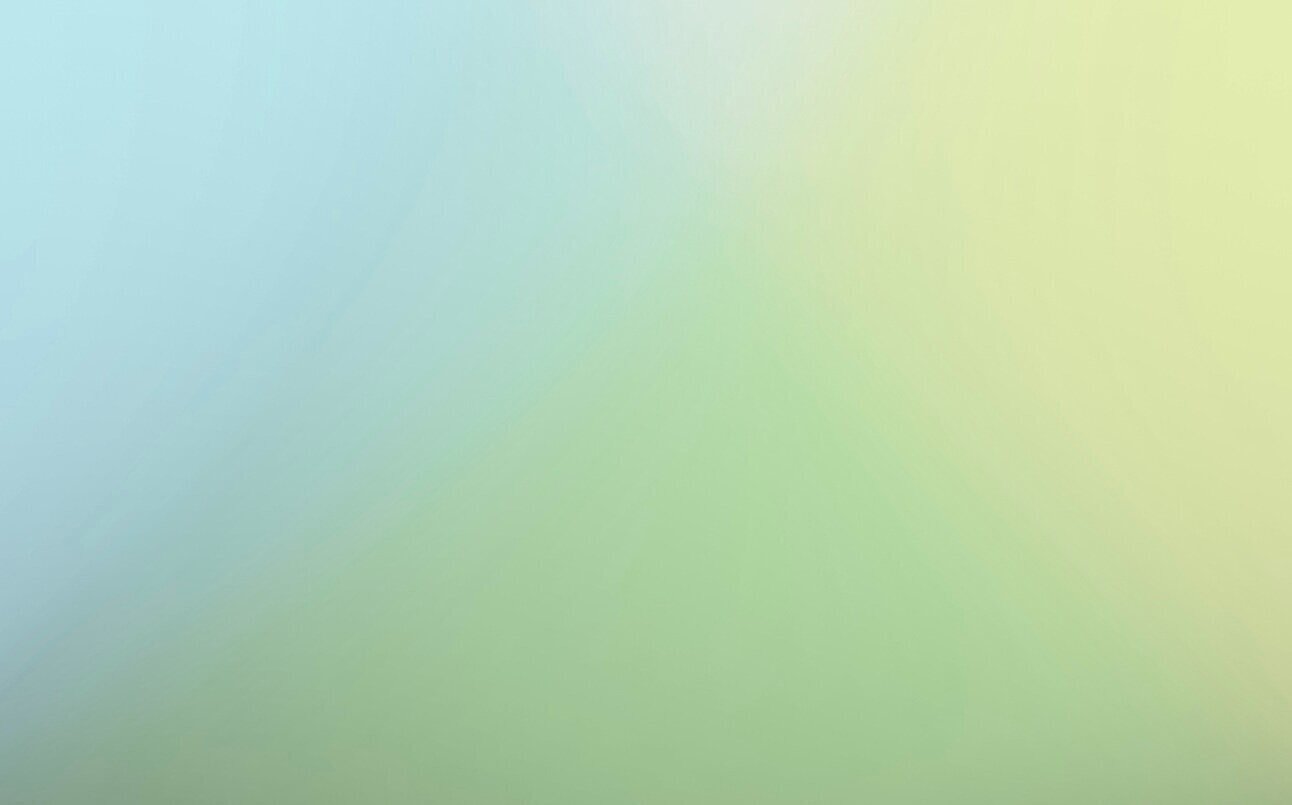

Whether you are an architect, interior or industrial designer, artist, art and design educator, student or someone who is fascinated by color, come learn how to incorporate the latest research in lighting and color science into your practice and your passion.
Yale University was chosen as the site of the conference due to its strong architecture, design and art departments and because of its connection to the Bauhaus through Josef and Anni Albers. It is also home to the site of the Faber Birren Color Library and numerous buildings of architectural significance.
The ISCC was founded in 1931 as a non-profit organization for color professionals across disciplines. The ISCC is the United States member body of the International Colour Association (AIC) and our activities bridge the art, science and industry of color. The IACC-NA is a member organization for color consultants in architecture and interior design in the United States and Canada. Both organizations focus on color education that integrate the art and science of color.



Latest Updates from Color Impact 2020

Student Poster Competition $500 prize - Complete your interest form by March 15th
The poster competition is open to undergraduate and graduate students. Posters may present any individual or collaborative research or art and design project related to the impact of color in art and design, science, industry or education.
Important Deadlines
March 15, 2020, 4:00 p.m. EST
Completed Interest Form due
May 15, 2020, 4:00 p.m. EST
Submission of digital files due
Read more here….

Short Courses and Tours are filling up…
Register now for the short courses and tours you want to attend on Sunday or Wednesday. Spaces are limited and once they’re gone, they’re gone.

March Webinar with
Ellen Divers
The Blind Spot in Architectural Color
People are often surprised when they learn what interior designers do, and how their curriculum prepares students when it comes to the use of color. The reality is that many designers (and architects) enter their new professions with a ‘blind spot’ when it comes to using color in the built environment.